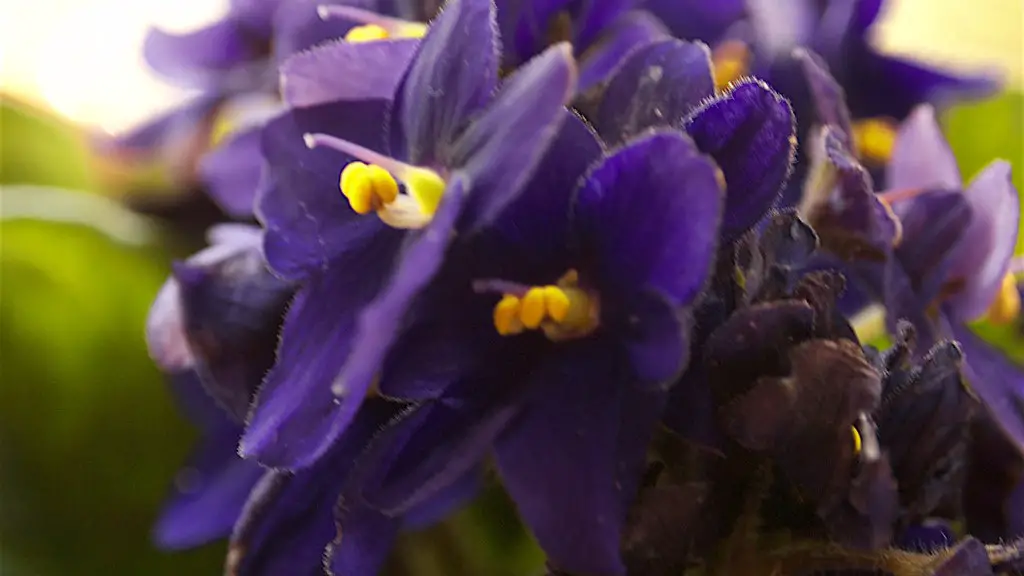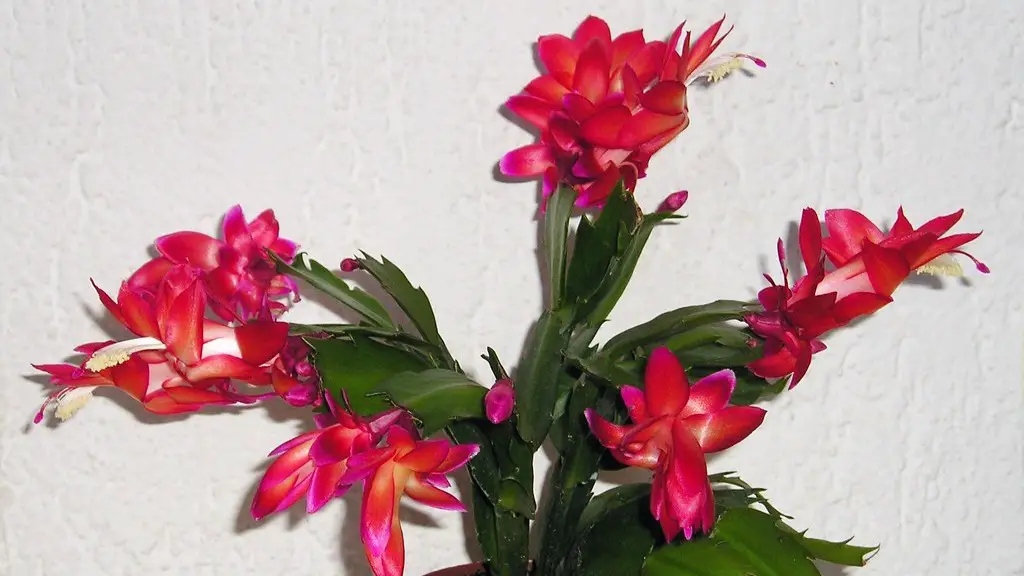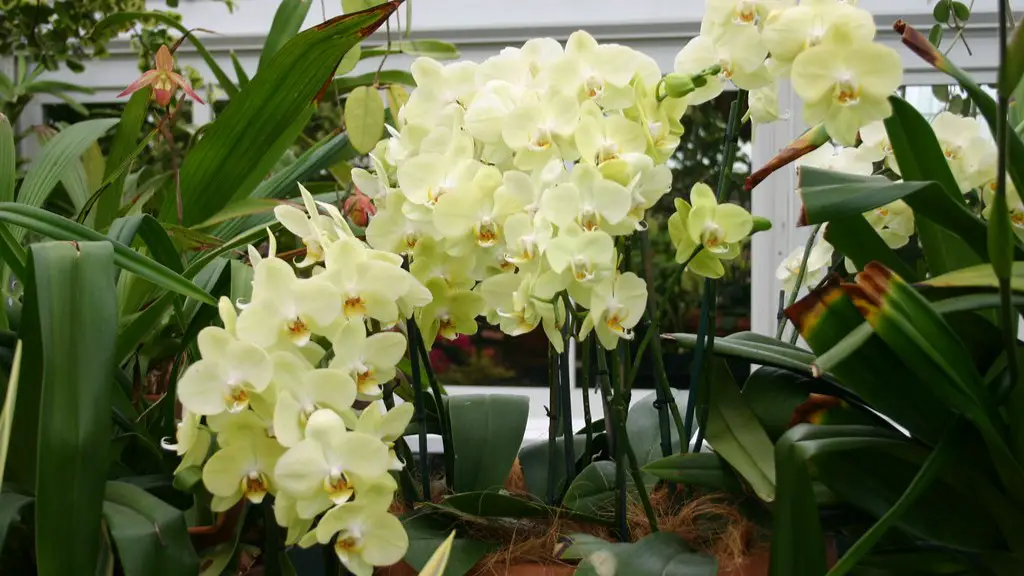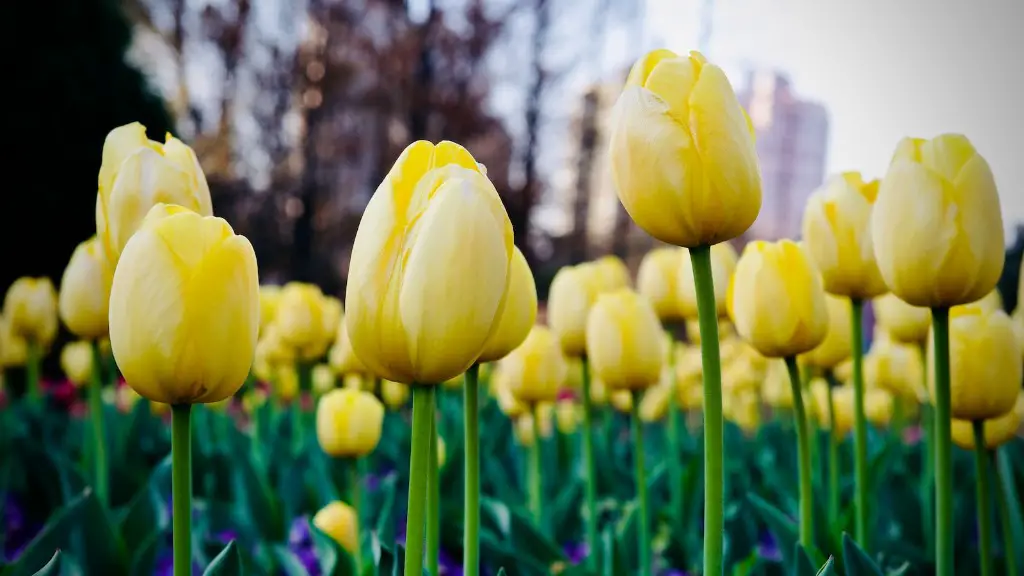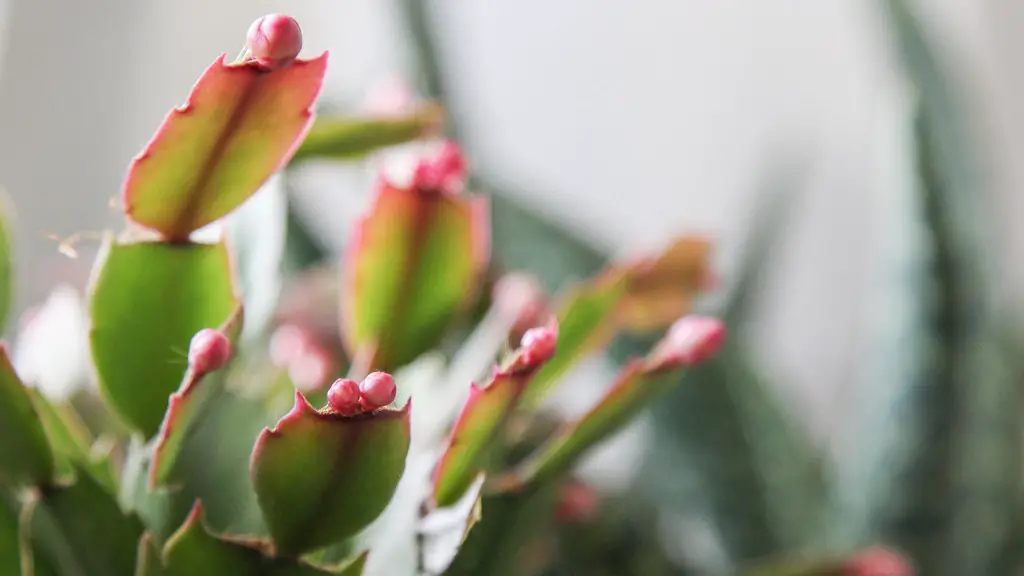African violets are a type of plants that are native to Africa. They are known for their beautiful flowers and for being difficult to grow. One of the most important things to consider when growing African violets is drainage. Without adequate drainage, the roots of the plant will rot and the plant will die. There are a few things that you can do to make sure that your African violets have adequate drainage.
The best way to get adequate drainage for African violets is to use a well-draining potting mix and to make sure the pot has drainage holes. If you are growing African violets in a terrarium, you will need to provide extra drainage by using a layer of gravel or charcoal at the bottom of the container.
Do African violets need a drainage hole?
African violets need shallow and breathable pots in order to thrive. The pots must have adequate drainage holes so that the plants can be watered from the bottom. There are also African violet specific pots that come with a terra cotta sleeve and water reservoir. Just remember not to leave the plants sitting in water for more than an hour.
African violets grow best in a well-drained, slightly acidic soil. Miracle-Gro Indoor Potting Mix is specially formulated to provide indoor plants like African violets with the perfect growing environment. This potting mix will help your African violets thrive!
Should African violets be watered from the top or bottom
African violets are typically watered from the bottom, as this helps to avoid leaf spots. However, watering from the top is also fine, as long as you are careful not to get water on the leaves when the plant is in the sun. It is important to use lukewarm or warm water, as cold water can shock the plant.
The most important thing to remember when watering your plants is to keep the soil moist but not wet. Allow the soil to dry out a bit in between watering to encourage blooming. When watering your plants, water from the bottom by placing the plastic grower’s pot in water and allowing the plant to absorb the water (not more than 30 minutes).
Do African violets like to be watered from the bottom?
African violet plants are best watered from the bottom up. Place the plant in a shallow tray of water for 30 minutes, allowing the soil to soak up the water through the drainage holes at the bottom of the pot. This method of watering prevents the leaves from getting wet, which can cause them to rot.
African violets need bright, indirect light to thrive. A spot near an east- or north-facing window is often a good choice. Avoid placing African violets in direct sun, as this can scorch the leaves. If a suitable window isn’t available, African violets can be placed under a fluorescent light fixture containing two 40-watt fluorescent tubes.
Do African violets like bigger pots?
When potting African violets, it is best to choose a pot that is on the smaller side. This will help the plant to stay slightly pot-bound, which is optimal for growth. If you have a standard African violet plant, your starter pot should be about 3-4 inches in diameter.
Leaving water on violets’ leaves leads to browing or yellowing of the leaves. This is due to the fact that violets are highly susceptible to a number of deadly pathogens, such as Crown Rot and Pythium, if they are exposed to excessive moisture. Therefore, it is important to avoid leaving water on the leaves of violets in order to prevent these diseases from developing.
How often should you water African violets from the bottom
Your African violet houseplant is a beautiful addition to your home, and it’s easy to take care of! Just be sure to water it from the bottom, which will prevent over-watering. Keep an eye on the bottom pot and refill with water as needed (usually every two to three weeks).
African violets are susceptible to crown rot, so it is important that the crown (the section of the plant at soil level) is not saturated with water. Water on the foliage may cause permanent leaf spotting, so it is important to only mist the foliage and not to water directly on the leaves. Use water that is room temperature to avoid shocking the plant.
How long should African violets sit in water?
Water your African Violet plant every 10-14 days. Place your plant in a water filled tray, bowl or saucer. Make sure at least one inch of the bottom of the pot is immersed in water or submerged in water. Wait for 20 minutes, allow the plant to absorb the water and the top soil to become moist.
Coffee grounds are a good source of acidity and can help to lower the pH of your soil if it is too alkaline. Plants that prefer more acidic soil (such as African violets, impatiens, Norfolk Island pines, Phalaenopsis orchids, and Dieffenbachia) seem to respond well to a weekly watering with coffee.
Can you spray water on African violets
This is a method for cleaning African Violet leaves. First, fill a spray bottle with room temperature or tepid water. Next, spray the leaves with water and clean them using your fingers, rubbing the top and bottom part of the leaves. Finally, you can also use the spray bottle method to clean the African Violet leaves with liquid soap.
African violets are lovely plants that are easy to care for, and they make a great addition to any home. However, they do need to be re-potted in fresh soil every six months to keep them healthy and growing well. If you don’t re-pot them, the plant will start to decline and may eventually die. So, if you have an African violet, be sure to re-pot it every six months to keep it looking its best.
What do Overwatered African violets look like?
If your African Violet plant has been over-watered, the soil will retain too much water. This retention of water will cause the leaves and /or leaf stems to turn soft, limp or mushy. If you notice any of these symptoms, stop watering your plant immediately and allow the soil to dry out completely. Once the soil is dry, you can resume watering your plant as usual.
If you’re looking for the best pots for African violets, you can’t go wrong with the Mkono 3 Pack Self Watering Plastic Planter. These self-watering pots are made of durable plastic and come with a saucer to catch excess water. They’re also great for other houseplants.
Ceramic pots are also a good option for African violets. They help to retain moisture, which is especially important in the winter months. Be sure to get a pot with a saucer to catch any excess water.
The Blue Self Watering Ceramic Planter is another great option. These pots have a water reservoir that slowly waters the plant, reducing the risk of overwatering.
If you’re looking for an easy-to-use self-watering pot, the Aquaphoric Self Watering Planter is a great option. This pot has a water reservoir and a wick that waters the plant as needed.
For a more stylish self-watering pot, the Self Aerating Self Watering Pot is a great option. This pot has a built-in water reservoir and a stylish design.
Finally, if you’re looking for a more traditional pot, the Terrac
Warp Up
There are two main ways to ensure proper drainage for African violets: by using a well-draining soil mix, and by ensuring that the pots have drainage holes. African violets need to be watered regularly, but they should never be allowed to sit in water, as this can lead to root rot. After watering, be sure to empty any excess water from the saucer beneath the pot.
There are a number of ways to get adequate drainage for African violets. One way is to use a pot with a drainage hole in the bottom and place it on a saucer or drip tray. Another way is to use a pot without a drainage hole and add a layer of gravel or charcoal to the bottom of the pot. African violets also like to be watered from the bottom, so if you water them from the top, be sure to allow the water to drain out the bottom of the pot.

